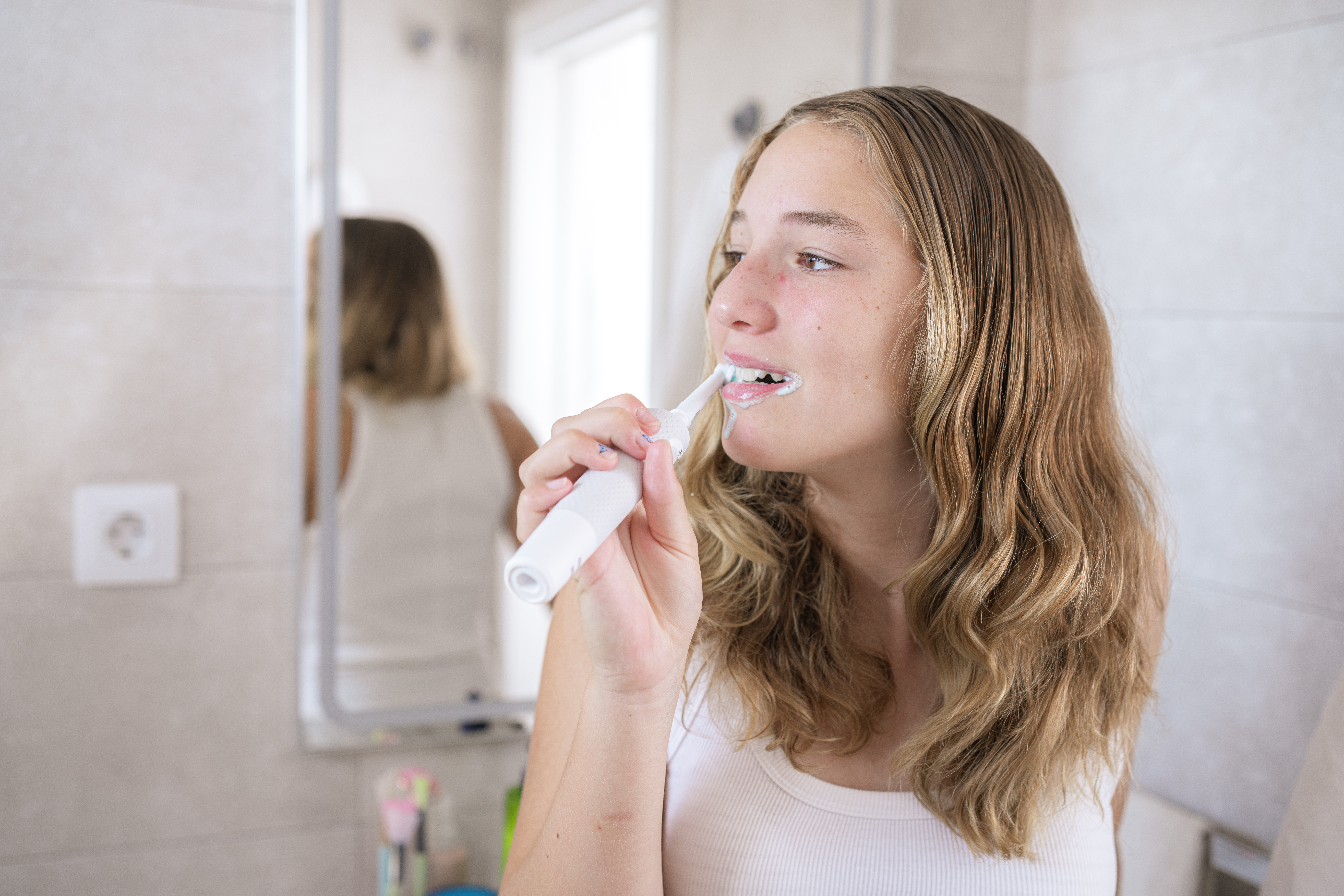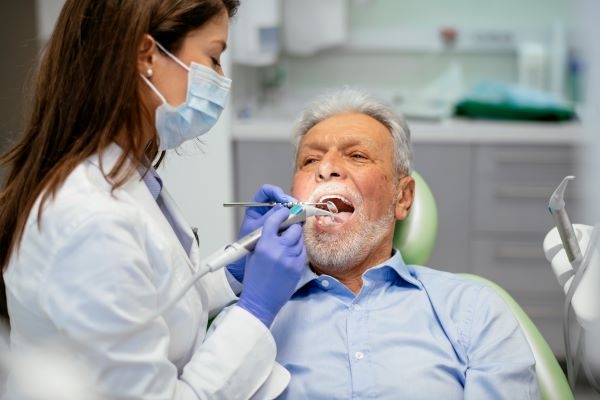-
Whether you control your diabetes using diet alone or you take additional medication, eating foods throughout the day which are low in fat and have a low glycemic index (GI) will help to control blood sugars. Foods with a low GI are absorbed slowly into the body, helping to maintain your blood sugar at a steady level.
When your blood sugar levels drop too far, you might experience symptoms like dizziness, confusion, headache, feeling faint, sweating, chills or even loss of consciousness. As you well know, this can be distressing, uncomfortable and even dangerous, so regular blood sugar monitoring is advised.
But your diabetes shouldn’t stop you from enjoying your trip. Here are a few tips to help you keep your diabetes in check – so you can dive right into your adventure with the confidence of having your health under control.
1. Check in with your doctor before you leave
See your health care provider to discuss your trip, your medication and dietary requirements. Your blood sugars should be well controlled before you leave. Continue to take your regular medication while you’re away and make sure you have more than enough for your trip.
2. Prepare for the flight
Talk to the airline in advance and request a diabetes-friendly meal for the flight. It’s also a good idea to take some healthy, low GI snacks with you on the plane in case your meal is delayed or the carbohydrate portion is small.
Try snacks like wholegrain sandwiches, muesli bars, plain crackers or dried fruit and nut mix. Remember to also have some quick-acting carbohydrate snacks on hand (jelly beans, glucose gels, fruit juice) in case of unexpected hypoglycemia during the flight.3. Look into your food options
Research your destination and what sort of foods are likely to be available so you can plan ahead. Most places will have basic carbohydrate foods such as bread, pasta and rice. Look at a few restaurant and cafés in the area and see what markets or supermarkets might be around.
Try snacks like wholegrain sandwiches, muesli bars, plain crackers or dried fruit and nut mix.
4. Choose wisely when eating out
It’s easy to get swept up in the festive spirit of travelling – and when you’re surrounded by delicious or exotic foods it’s even easier to forget about what your body really needs. Make sure you have a regular intake of low GI foods at each meal.
If you’re going somewhere that you don’t speak the language, it’s a great idea to print out a list of food-related words and phrases to help you understand what’s on the menu and more easily check things with the staff.
Some countries will have foods that may affect your blood sugar unpredictably, so it’s a good idea to regularly monitor using a glucose meter.
5. Be prepared for hypoglycemia
In the event of hypoglycemia, have some fast-acting low GI carbohydrate immediately. Make sure you follow this with a low GI meal or snack to ensure your blood sugar is maintained at an appropriate level.
Some countries will have foods that may affect your blood sugar unpredictably, so it's a good idea to regularly monitor using a glucose meter.
6. Stay active
Exercise is an excellent way to help improve your diabetes control – and travelling gives you lots of opportunities to get moving. Keep in mind though that being active can cause your blood sugars to drop, so you should always be prepared.
If you are sightseeing or hiking be sure to have low GI meals and snacks regularly through the day. Have healthy low GI snacks available in your day pack to help maintain blood sugars. Also carry some fast-acting snacks such as jelly beans if your sugars get too low.
7. Take extra care when unwell
When you are unwell with a virus or infection, your blood sugars usually rise. If you do get sick while travelling, you should monitor your blood sugars more regularly. Try to eat your regular meals and snacks. If you are finding it difficult to eat, try and have small snacks and carbohydrate containing drinks every two hours.
As always, seek medical attention if required. Know where your nearest medical centre is in case of emergency.
Low GI foods to focus on
Wherever possible, try to get some of these foods in each meal:
- Natural rolled oats, natural muesli, bircher muesli
- Bread (wholegrain, sourdough, rye, raison bread)
- Fresh fruit (apples, pears, strawberries, oranges, grapes, kiwifruit, bananas)
- Pasta
- Brown or basmati rice, quinoa, soba noodles, buckwheat, bulgur, hokkein noodles
- Legumes (lentils, kidney beans, cannellini beans, chickpeas, soybeans)
- Natural or unsweetened yoghurt
- Hummus and pita bread, falafel
- Nut/seed/muesli bar
- Low fat milk or a low fat banana smoothie
- Vegetables (sweet potato, yams, corn)
High GI foods for use in case of hypoglycemia
Always have some of these fast-acting snacks on hand:
- Jelly beans
- Glucose gels
- Candy
- White bread with honey
- High sugar drinks (lemonade and other soft drinks, cordial, Gatorade, Gastrolyte)
References and more information
Keep an eye on energy going in and out as an additional way to keep your blood sugars in mind.
7 tips for travelling with diabetes

-
Do you need an electric toothbrush?
Which toothbrush scrubs up best?
-
Dietitian, nutritionist or naturopath: What’s the difference?
Who should you see for professional dietary advice?
-
5 ways to eat healthy while travelling
Come home feeling refreshed, fit and energised.
-
How often should you get your teeth cleaned?
We spoke to Medibank Members’ Choice Advantage dentist Dr Jonathan Cichero to find out.
-
Daily habits for good oral health
Do you really need to floss? Is an electric toothbrush better than a manual one? Find out which habits to make (and which ones to break) for better oral health.
-
How to conquer your fear of the dentist
Dr Merrilyn Hooley's tips for a less stressful dental appointment.
Subscribe to receive the best from Live Better every week. Healthy recipes, exercise tips and activities, offers and promotions – everything to help you eat, move and feel better.
By clicking sign up I understand and agree to Medibank's privacy policy





